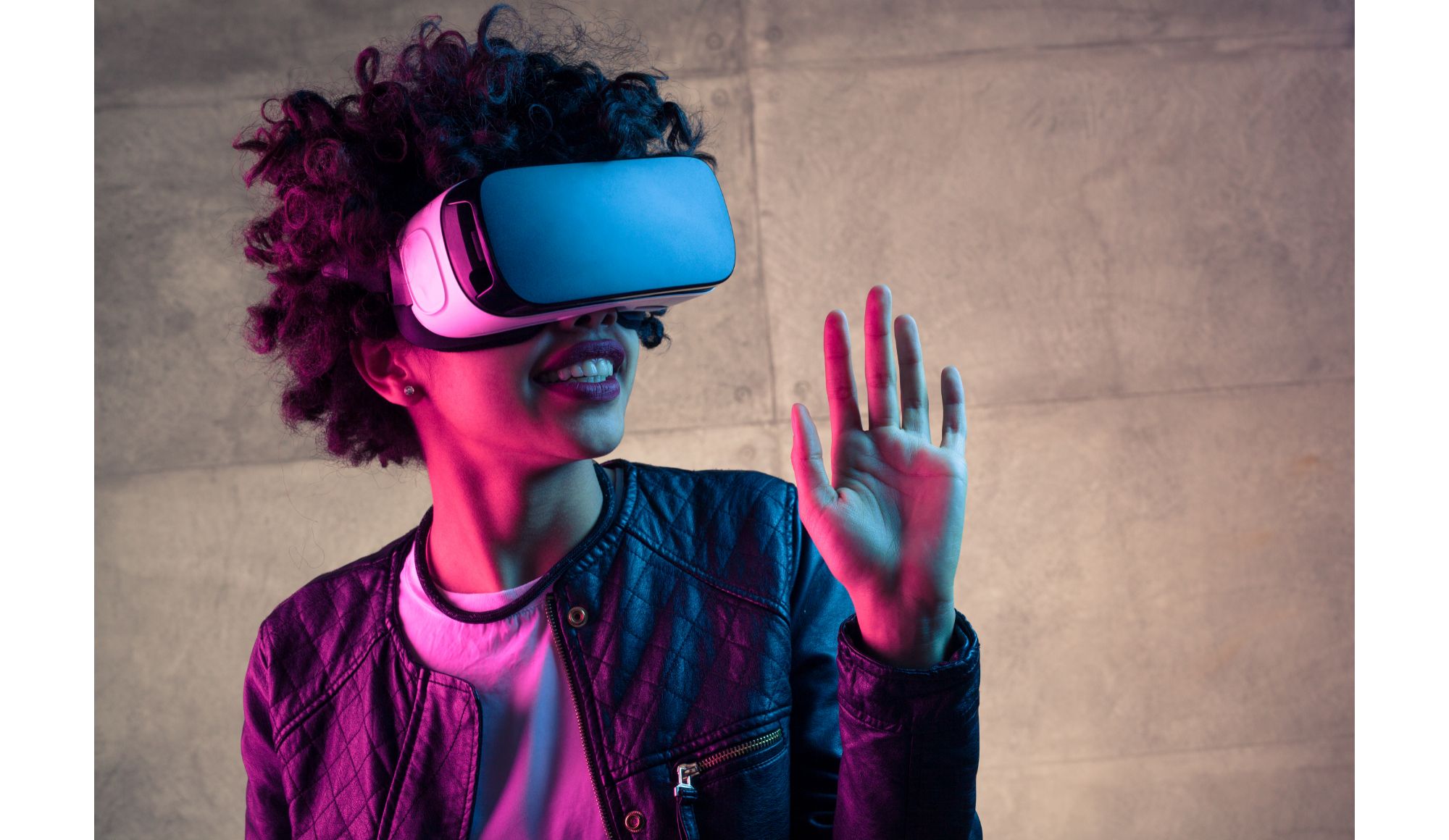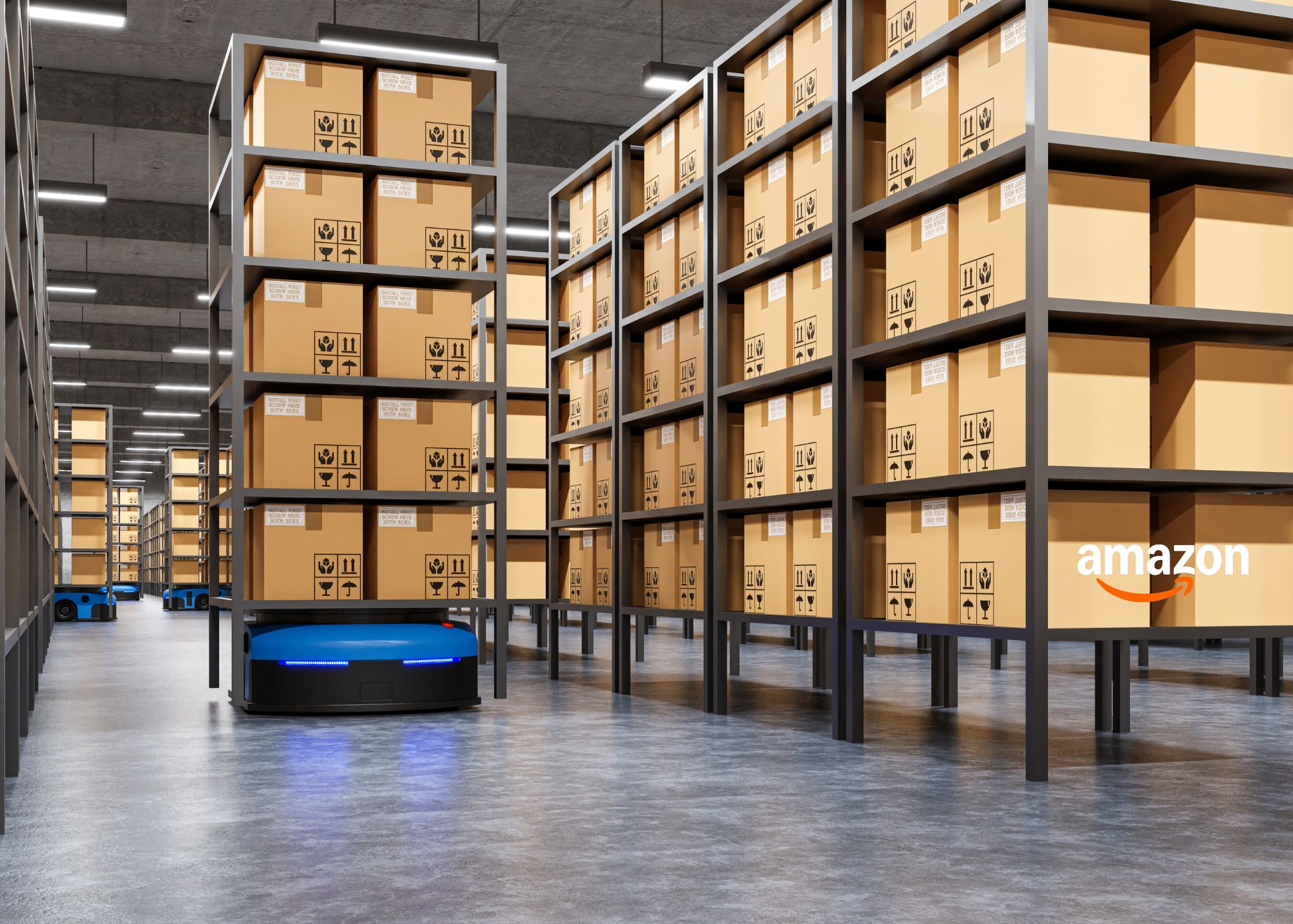Market Commenary: Did Apple Silently Launch a Brain Machine Interface?
Ten years ago if you told someone that a brain-machine interface would connect humans to machines you would have been at risk of earning a tin foil hat and being labeled a conspiracy theorist.
Fast forward to today, and Elon Musk’s Neuralink virtually declares it as a mission. The idea is noble, at least in theory. If it were possible to digitally control the information to the brain to alleviate the symptoms of neurological disorders, how much better a quality of life would sufferers enjoy.
Put Neuralink aside though for a moment because another company might have built an interface so powerful that getting “chipped” in the brain may not be needed to interface between the brain and a machine. Apple launched its new AR headset Vision Pro with much furore on June 5 at its annual Worldwide Developers Conference. Much of the attention at the event focused on the price: $3,499. Lost in the noise was a comment made by a former designer.
Key Points
- Apple may have developed a Brain-Machine Interface that can predict a user’s actions before they happen.
- The future of BMIs is still uncertain, but they have the potential to revolutionize the way we interact with technology and with each other.
- The current BMI from Apple is just the first version of what could become a new norm.
Did Apple Launch A Brain-Machine Interface?
To understand what is coming you have to listen in on the conversations that take place deep in the rabbit holes of Silicon Valley. One such took place when Elon Musk revealed a conversation he head with Larry Page, founder of Google, which concerned him.
At the time, Google had about 80% of the world’s AI talent under its corporate hood as part of the DeepMind acquisition. And according to Elon, Larry seemed unconcerned about the potential hazards of AI, labeling Elon Musk a speciesist. Musk went on to say that Larry essentially viewed a biological consciousness and a digital consciousness as equivalent.
Further that thinking and you can see the potential peril. In Larry’s future if machines run the world, and humans are made obsolete, is anything lost?
Musk clearly believes so, as would most humans we suspect. And so he financed the early OpenAI team and initiatives. But somewhere along the way big tech swooped in and turned his non-profit, open source venture into a for-profit, closed entity akin to Alphabet’s AI initiatives.
Turning back to Apple, it seems another major tech company has stepped onto the playing field of artificial intelligence. And that was revealed when an ex-designer wrote:
“One of the coolest results involved predicting a user was going to click on something before they actually did. Your pupil reacts before you click in part because you expect something will happen after you click.
So you can create biofeedback with a user’s brain by monitoring their eye behavior, and redesigning the UI in real time to create more of this anticipatory pupil response.
It’s a crude brain computer interface via the eyes, but very cool” – emphasis on the last sentence is ours.
The Minority Report Is No Longer The Future
When Tom Cruise’s Minority Report played on screens across the world in 2002, the idea that future crime could be prevented was preposterous. After all, how could you anticipate human behaviors before they occurred?
Well, Apple appears to have cracked part of that nut via “anticipatory pupil response” so before actions are taken the pupils hint at what is to come. You can be sure this is just the beginning. What if the heart races just a little faster? How will that inform the machine and what information will it take to adapt to your biological response?
The future will be a lot different from the past. Perhaps as an old Indian sage stated about Musk’s Neuralink “cars, that’s one thing, but leave the body alone” – perhaps humans are tinkering where they shouldn’t. It seems all but certain that we’ll find out if the old sage’s warning was prescient.



